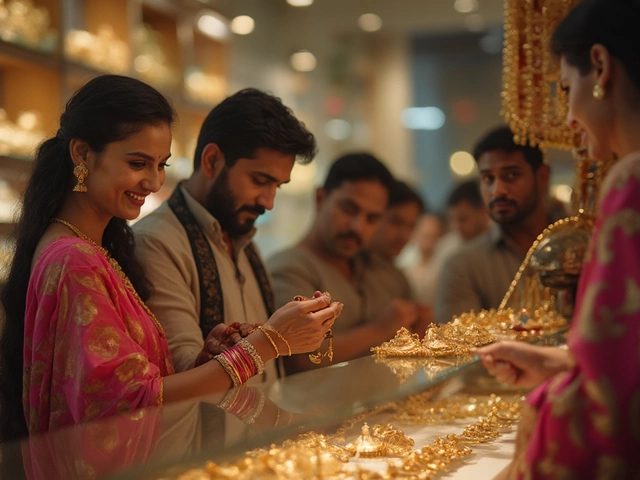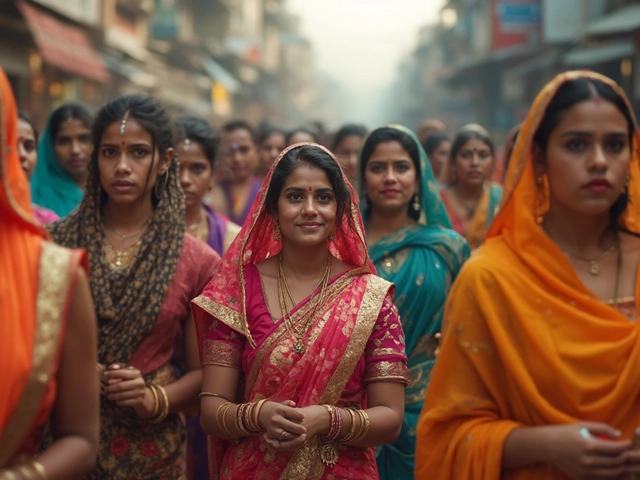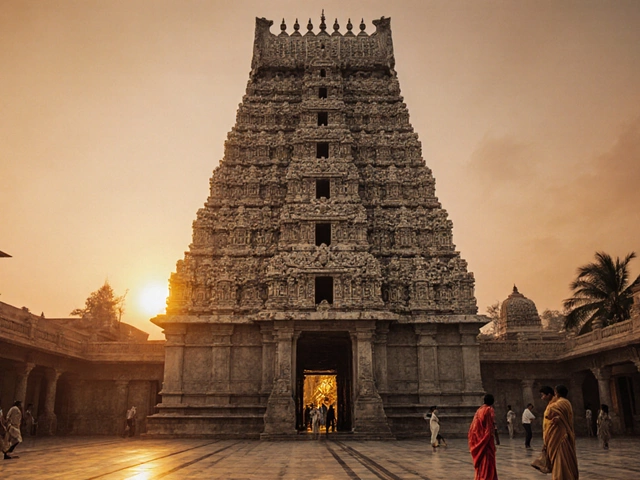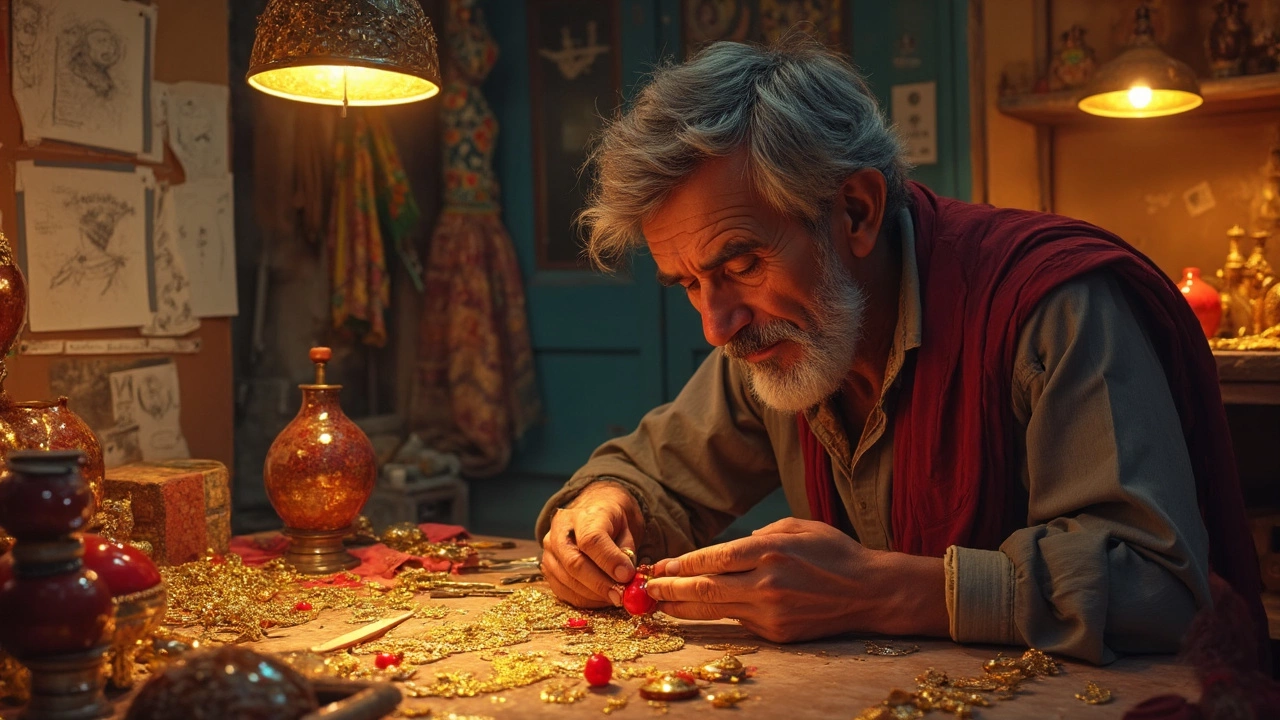
The world sometimes feels covered in a thin layer of sameness, but have you ever felt stopped in your tracks by a small, glittering thing? Maybe it was that one ring at an antique market in Leith, or some bizarre brooch in a Parisian shop window—unique, with a sort of soul all its own. That’s the thing with remarkable jewellery: it cuts straight through the sameness and grabs your attention, no matter what else is going on. So, when it comes to finding the best jewellery maker—not just anyone moulding metal, but someone whose work tells stories and commands respect—it’s no laughing matter for those who care. So how do you even measure ‘the best’? Is it about tradition, wild new ideas, or jaw-dropping technical skill? If you’ve ever wondered, you’re in good company.
What Makes a Great Jewellery Maker?
No, it’s not just diamonds or a big brand name. Walk down the Royal Mile and you’ll spot plenty of flashy pieces, but the best jewellery makers do things differently. They blend centuries of skill with something rare: personality. Real craftsmen and craftswomen know their materials like a chef knows spices. For example, the German jeweller Hemmerle still uses secret alloys to achieve their unique bronze hue, a technique passed down through family. Others, like Sevan Biçakçi in Istanbul, turn miniscule details—imagine mini mosaics set inside gemstones—into impossible art. Technical mastery sets a strong foundation, but vision is the next level. Elizabeth Gage from the UK, for instance, takes historical motifs and slams them into modern designs, so her pieces feel fresh but also just ancient enough to fool you at first glance.
Innovation is not always about new materials. Sometimes it’s the use of old methods that gives a piece its magic. For example, the Japanese technique of mokume-gane involves painstakingly layering metals for a woodgrain effect, and you can find masters of this style from Edinburgh to the streets of Tokyo—if you know where to look. Interestingly, genuinely skilled jewellers are obsessed with ethical sourcing. A 2023 survey by the Responsible Jewellery Council showed that 72% of top global jewellers insist on tracking their gems back to certified mines. Not just a feel-good trend, but an admission: great artistry comes with a conscience. This is a big deal for collectors and ordinary buyers alike, who want something amazing without a side order of guilt.
Let’s be real—it’s not always about sparkling stones or ancient gold. Some of the best jewellery makers right now work with recycled plastic, upcycled household items, or rare woods, making art from what others see as rubbish. In the UK, jeweller Zoe Harding gained attention by using pieces of broken Edinburgh tenement tiles as pendants, transforming demolition leftovers into talking points. These innovations flip tradition on its head and prove that boundaries are meant to be smashed. As for complexity? Take Van Cleef & Arpels, known for their hidden mechanisms in watches and brooches. Their famous "mystery setting"—so smooth it hides all the metal holding the stones—has stumped imitators since 1933. The best always have a trick or two that everyone else tries to copy, but never quite gets right.
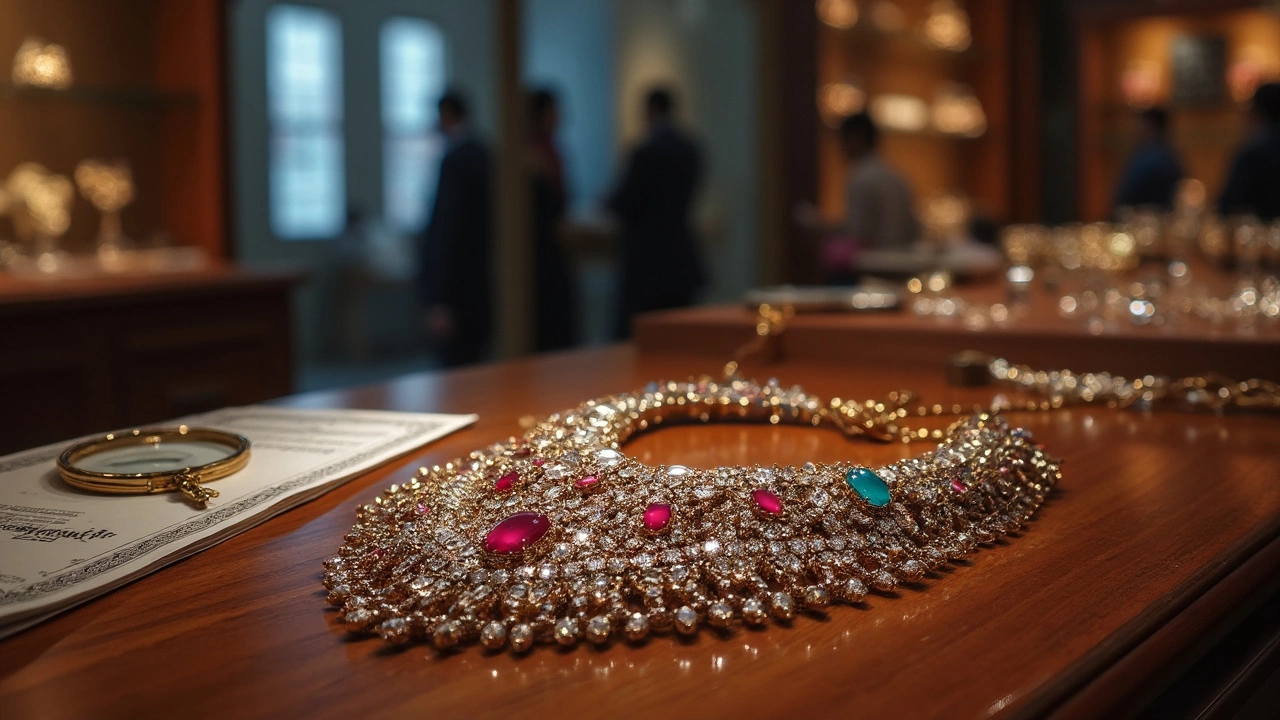
Legendary Names and Unsung Heroes
Every era has its titans. Fabergé built his legacy creating over 50 bejewelled eggs for the Russian tsars, with one recently auctioned for nearly £14 million. His stuff isn’t just expensive—it’s history you can hold. If you’re after modern equivalents, you can’t ignore Cartier, Tiffany & Co., and Bulgari. But here’s what most don’t realize: smaller independent makers are often the real source of fresh ideas. Think of Shaun Leane, whose pieces for Alexander McQueen shows literally drew blood (McQueen used live thorns and hooks). Or the Scottish artist Maeve Gillies, famed for custom engagement rings packed with storytelling—every tiny stone chosen for a reason, every curve echoing some secret between giver and wearer. I once got my wife Miranda a Gillies piece as an anniversary gift; she still wears it every day, not least because each part links to something from our first trip to Skye.
Collectors and serious fans know that sometimes, the real ‘best’ isn’t the most expensive or world-famous. In Antwerp, jewellers like Wim Meeussen use old tools at 3rd-generation workbenches, making rough gold nuggets that look like they were dug up yesterday. In Jaipur, the handmade enamel of the Munnu Kasliwal workshop sweeps awards year after year. Sometimes, the best means risking tradition on something new. London’s Stephen Webster, known for his wild, gothic style, has done just that by collaborating with graffiti artists and musicians, making pieces that almost scream from across a room.
For those who like stats, here’s a quick breakdown of how the most-respected jewellery makers are recognized, according to international award data and customer ratings from leading critique sites in 2024:
| Jewellery Maker | Famous For | Recent Recognition | Average Customer Rating |
|---|---|---|---|
| Cartier | Classic luxury pieces | 2023 Grand Prix d’Horlogerie | 4.6/5 |
| Shaun Leane | Avant-garde design | British Jewellery Designer of the Year, 2024 | 4.9/5 |
| Fabergé | Imperial eggs | 2023 World Luxury Award | 4.7/5 |
| Van Cleef & Arpels | Innovative techniques | Red Dot Design Award, 2023 | 4.8/5 |
| Maeve Gillies | Custom storytelling pieces | Scottish Craft Awards, 2024 | 5/5 |
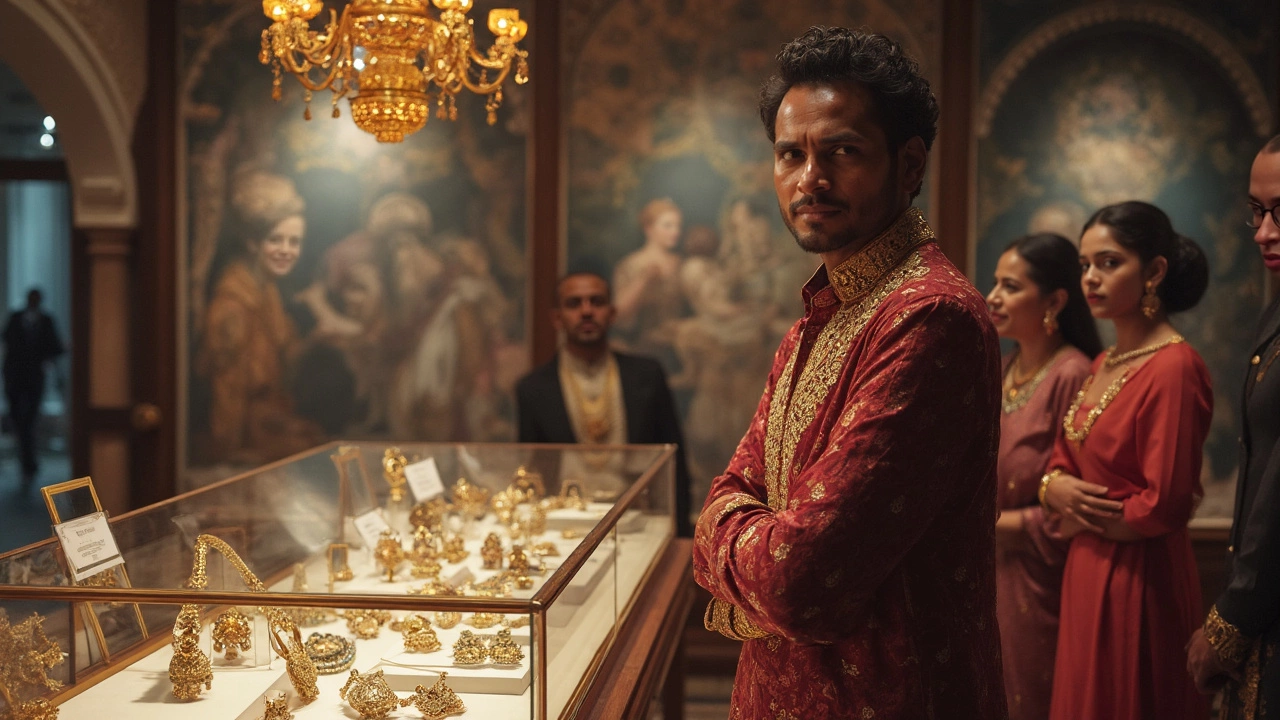
How to Choose the Best Jewellery Maker for You
So you’re hunting for something that’ll make an impact—or maybe you just want to treat yourself. Don’t get blinded by the brand or the sparkle, because there are smarter ways to spot a piece worth owning. First, ask where the materials come from. The true stars in jewellery are transparent about their sourcing. Check for certifications: Fairmined gold, GIA diamond reports, or transparent chains of custody. If they dodge the question or get vague, time to move on.
Next, talk to the maker or craftsperson if you can. The best experiences come from direct communication. A good jeweller will answer your questions about durability, origin, and even repairs, without getting defensive. If you’re after a custom design, bring pictures or drawings. A pro loves clients with ideas, and a short chat can help you understand their style. For example, if you want a minimalist ring but the maker loves wild, lace-like goldwork, you could end up disappointed unless you’ve checked their portfolio first.
Social proof matters. Look for reviews, but also follow their latest work on social media or at local craft fairs. Trust yourself—if photos on their Instagram look heavily staged or borrowed from somewhere else, that’s a red flag. Great makers are always pushing themselves and talking about new materials or ideas. Didn’t see any of that? They’re probably stuck doing copies of someone else’s stuff.
Think about maintenance, too. Fine jewellery can be a bother to clean if you’re not into fuss. Jewellers who offer maintenance tips, aftercare, or even free annual polishings are worth their weight in gold. One jeweller I know in Edinburgh offers clients a custom aftercare booklet, complete with diagrams for cleaning at home using stuff you already own. Little touches like that mean you’re not just getting a shiny item—you’re getting care for years to come.
Budget plays a role (obviously), but don’t assume bigger price tags always mean the ‘best’. Sometimes, what you pay for is branding. For example, local independent jewellers could spend hours setting tiny sapphires by hand, while a luxury brand as big as Bulgari might use automation for similar-looking pieces. Always ask how things are made. If handcrafted means something important to you, make sure they’re upfront about which parts are assembled by hand versus by machine.
For those feeling overwhelmed, here are some tips to narrow down your hunt for the best jewellery maker:
- Decide what matters most: Is it the story, the materials, the technique, or a famous brand?
- Set your budget range but be open to surprises. Sometimes a less pricey custom piece means more than any mass-produced diamond.
- Ask for provenance certificates for any precious stones or gold.
- Request to see a portfolio or previous works, especially for custom orders.
- Compare local makers with international legends—don’t underestimate the new kid in town.
Jewellery is emotional. That might sound strange, but the best pieces often mark a moment—a wedding, an adventure, the end of something old or start of something new. In our home in Edinburgh, I still catch Miranda admiring her ring’s tiny hidden engraving, remembering a windswept afternoon on Arthur’s Seat. Great jewellery makers know their pieces become part of people’s memories. That’s worth more than any label or diamond carat could ever measure. So, ‘the best’? Turns out, it’s a mixture: wild ideas, deep skill, ethical sense, and—most important—a spark of connection between the maker, the piece, and the person who wears it. Maybe that’s why you never forget the best jewellery you’ve ever owned—or the maker who created it just for you.


